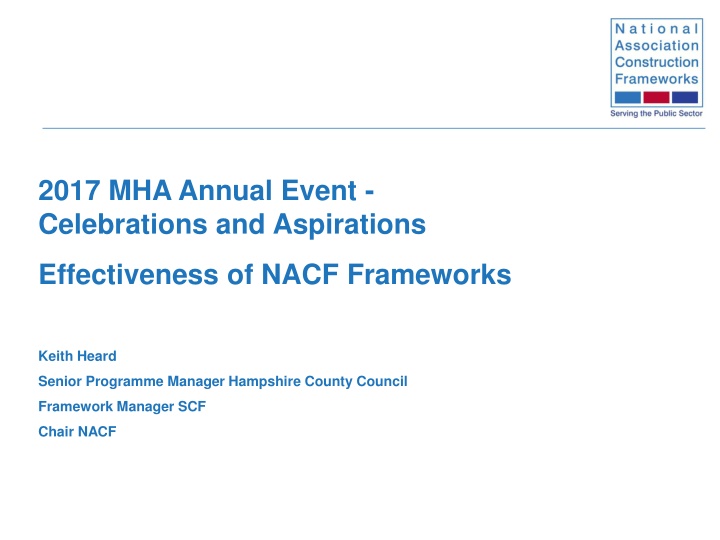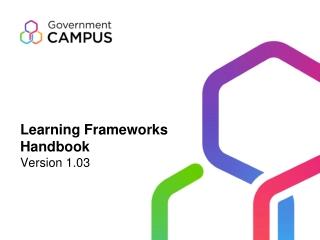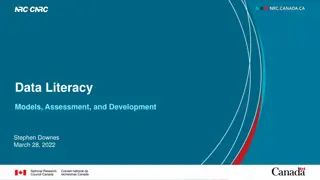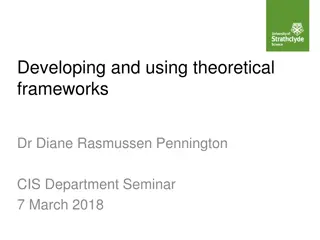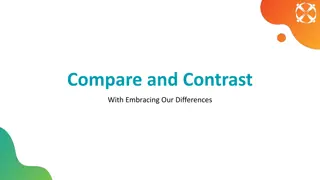Effective NACF Frameworks: Celebrating Success Through Collaboration
the journey of NACF frameworks, from addressing disputes in traditional tenders to evolving towards effective engagement, management, and continuous improvement. Learn about the benefits, strategies, and impact of adopting these frameworks in the public sector."
Download Presentation

Please find below an Image/Link to download the presentation.
The content on the website is provided AS IS for your information and personal use only. It may not be sold, licensed, or shared on other websites without obtaining consent from the author.If you encounter any issues during the download, it is possible that the publisher has removed the file from their server.
You are allowed to download the files provided on this website for personal or commercial use, subject to the condition that they are used lawfully. All files are the property of their respective owners.
The content on the website is provided AS IS for your information and personal use only. It may not be sold, licensed, or shared on other websites without obtaining consent from the author.
E N D
Presentation Transcript
2017 MHA Annual Event - Celebrations and Aspirations Effectiveness of NACF Frameworks Keith Heard Senior Programme Manager Hampshire County Council Framework Manager SCF Chair NACF
Why is wrong with traditional tender? Disputes Scope Quality Extras Cost predictability
How do people view frameworks? It s someone else s - I can do better I can do better by tendering There is no competition Lazy contractors Avoids OJEU
What is a framework? A long term relationship with a reduced number of suppliers A vehicle for learning and improvement Joint commitment to long term goals
A brief history 2012 2013 2014 2006 2009 2010 2011 2015 2016
NACF Framework Evolution 5? Supply Chain engagement? Market the industry to young people? More? Improvements added with each new generation 4 Wider offer Aligned to Government strategy Responds to local and central needs 3 Social benefits Managed collaborative service Supply Chain engagement 2 Improved delivery KPI s to show success 1 Avoids OJEU
Effective NACF Frameworks Have a demonstrable business need Have clearly defined objectives Understand the market Have good governance and management Have a strategy for the supply chain, SME s and localism Strive to continuously improve Provide a vehicle for best practice
An effective framework is one that. Actively engages Is actively managed Maintains competitive tension Provides sufficient work Measures performance against required outcomes Can demonstrate value Provides jobs and skills, local employment and engages SMEs
The benefits can include Savings in cost and time Reduction in disputes High client satisfaction rates; High proportion of work by SMEs; High proportion of local labour; Implementation of local / national objectives Less waste Great Health and Safety
NACF KPI Review v. National Average (Based on 600 projects with a construction value of 1.2bn) Time Predictability Cost Predictability Percentage of projects delivered Percentage of Construction Projects delivered on time: NACF75% v.55%National Average. to budget: NACF76% v.64%National Average NACF KPIs 2016 Reportable Incidents Fair Payments Percentage of payments made within statutory compliance timescales: NACF91%v.79%National average. 98% of projects recorded with 0 reportable accidents Client Satisfaction - defects Client Satisfaction product and service Percentage of clients satisfied with the making good of defects: Clients satisfaction scores of: NACF86%v.73%National Average NACF 88%v.85%/77% (respectively) National Average Note - National figures derived from 2016 CITB UK industry performance report from Glenigan.
Our work includes BIM Performance Social Value Market intelligence Innovation Shared learning Supply chain Value Integration Pipeline 1.4bn annually
Risks to effective frameworks No demonstrable business need; Not managed - merely a short cut to market Advisors / consultants / Clients who promote lowest cost tendering. Frameworks used to protect sovereignty and jobs Less expert clients transferring risk
The future? NACF continues to develop local government construction New generations of frameworks building on success and learning Pipeline and application of market intelligence Changing success criteria Building professional capacity in local and central government Meeting local demands for social value Demonstrating the practical benefits of integrated team working
Further information www.nacframework.org.uk www.gov.uk
